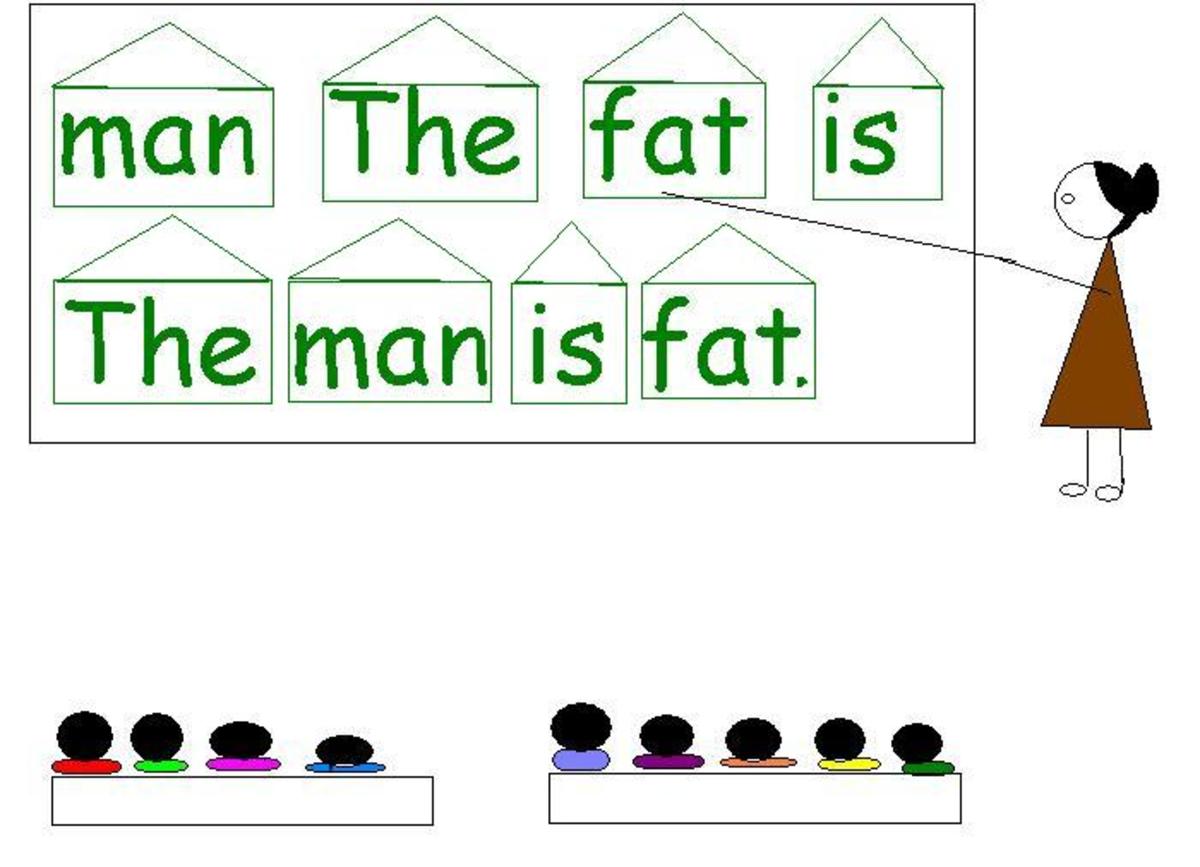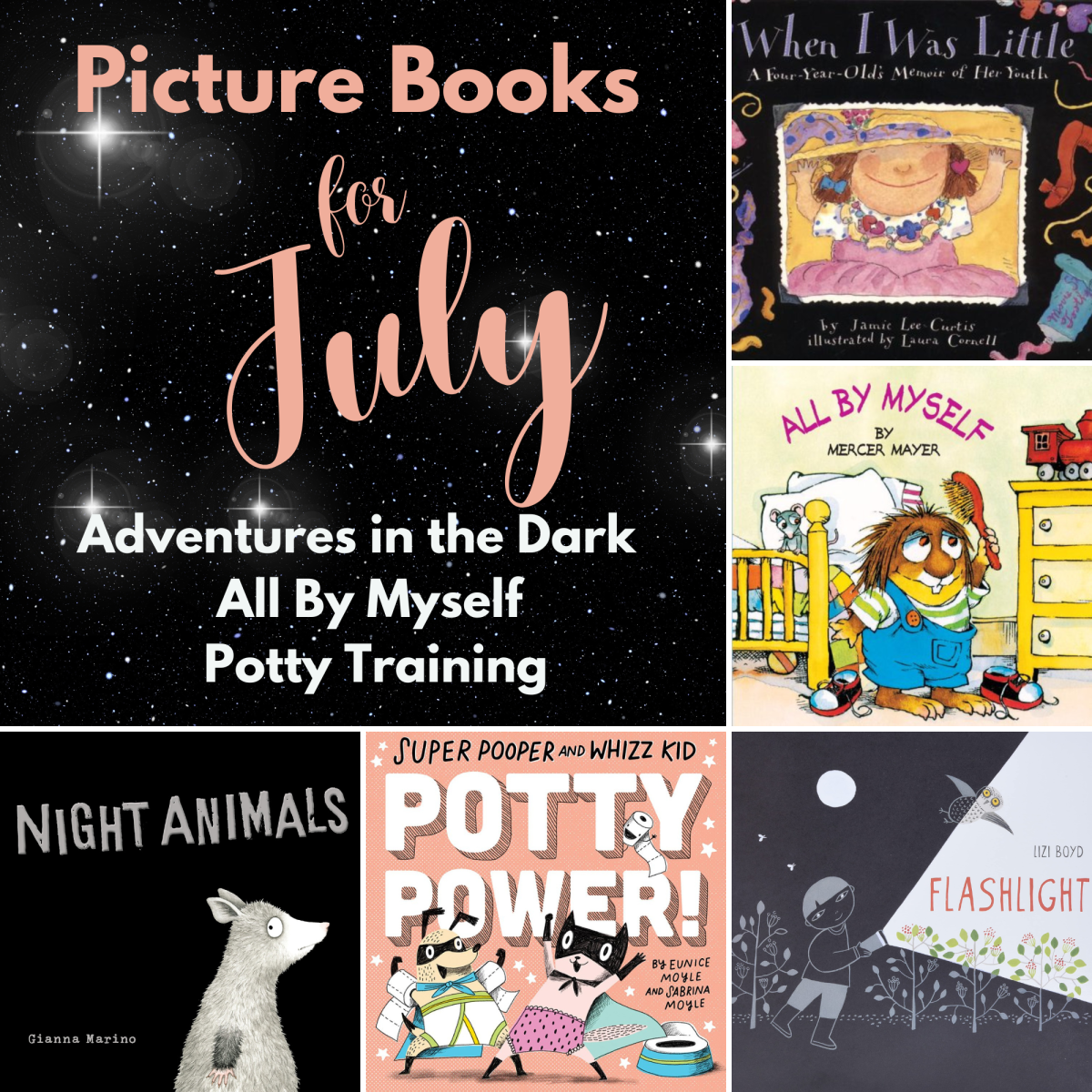Reading Fluency: Carpet Reading with Elementary Students

Learning to Read Begins in Infancy
Reading fluency is a crucial ingredient of reading comprehension. Research has suggested that elementary students who are not reading within certain parameters of reading speed, accuracy, and expression, experience compromised understanding of what it is they are reading.
In order to fully understand how students learn reading fluency, we need to take a look at how infants began to acquire speech. When parents are talking to their infant, the child looks at their faces, and listens to their voices, and then, at a certain stage of development, begins to mimic what he is observing with his senses. At first, his attempts at speech are known as “baby talk;” however, he soon learns to form words accurately by listening to the speech he hears, and by watching the facial expressions that go along with the voices, that together, communicate meaning.
When an infant is being read to, the opportunity for him to acquire speech, and to make associations between what he hears, sees, i.e., the facial expressions of the reader, and the pictures and words on the page, is exponentially enhanced. All of these experiences combine to form pre-reading skills within the child.
Reading to Children at Home
Research into literacy acquisition has suggested that children who have been frequently read to at home come into formal education with the advantage of having many pre-reading skills, for example, they know that how to hold a book the correct way, turn the pages the correct way, know that the pages have markings or text, which along with pictures, stand for meaning or a story. Many children learn how to listen to a reader read a book aloud, look at the pages of the book at the same time, and watch the reader’s facial expressions for the sake of understanding the meaning being conveyed. Children who lack these read aloud experiences in their early lives come into formal education at a disadvantage. Therefore, it crucial for early childhood teachers to provide similar literacy experiences in their classrooms. When elementary teachers read aloud to their students, ALL of them will benefit: the ones with pre-reading skills will continue to advance, and the ones without pre-reading skills, will gain. Frequently, in a classroom read aloud experience between teacher and students there is one key ingredient that is left out from the home experience which is that the students MUST be able to SEE the words as they are being read. This is how they learn to actually read the words themselves, and it’s critical that they have letter-word-sound associations within the context of an exciting story. What happens instead is frequently the teacher reads aloud the words, and then stops reading to turn the book to show students the pictures. In this faulty practice, not only are children not seeing the words, reading fluency is interrupted for the sake of separate picture viewing. The children should either have a copy of the book in front of them, or it should be largely displayed on a classroom screen for all too clearly see.
The Fear Factor
Fluency is the ability of a reader to read words at a certain speed, accuracy, and with knowledgeable expression. These abilities work together to create reading comprehension and meaning, in conjunction with the ability to engage mentally with the meaning of the text. Reading fluency and text engagement can be modeled by teachers, but elementary students need a lot of personal practice on their own if they’re going to master fluent reading. One of the biggest hurdles to leap in this endeavor is the FEAR FACTOR. Most students are afraid to read aloud in front of the teacher and other students. A reading fluency strategy that I developed for my students called “Carpet Reading” serves to diminish students’ fear of reading aloud thereby fostering growth in reading fluency.
Carpet Reading
Implementing Carpet Reading in the elementary classroom begins with the teacher modeling fluent reading. He selects a passage or page from a book that all students have in front of them and reads it aloud, modeling appropriate speed, accuracy, and expression while standing directly in front of the class on a piece of carpet or rug and telling the students that he is demonstrating “Carpet Reading,” a reading fluency strategy that they will soon be invited to do as well (the more unique the carpet, the better-students like unique, weird things). This should occur at least once a day, every day, for about two weeks. After the strategy has been sufficiently modeled, then the teacher instructs the students on Monday of the given week, to select a page or passage from whatever reading material they want to, to practice for reading aloud on Friday in front of the class for Carpet Reading. Make sure to tell them that the Carpet Reading will be voluntary, but the reading aloud practice throughout the week is not.
Start Each Monday
Beginning on Mondays during a designated time, help students select reading passages from whatever text they feel excited about. The reading text could come from magazines, library books, newspapers, cards, letters, shopping advertisements, personal journals, trading cards (see Weih, 2014)-just allow them to select whatever they want to and keep an open mind about what constitutes for reading in their personal lives. Students may need to go to the library and receive help from the librarian. Maybe their text only exists online. If this is the case, students might require help accessing the website with a computer, or help in printing it out.
Students Need an Educated, Professional Teacher
Once students have selected the text to read aloud, they should practice as soon as possible. They will need a designated classroom time each day while the teacher is present to help them with word accuracy, build reading speed, and develop reading expression. This should NOT be a homework assignment. Students need the benefits of an educated, professional teacher helping them. Some students will quickly discover that the text they have selected is too difficult, and therefore, they will need further assistance in finding one they can read fluently. However, this too, is a learning experience for students as they discover different types of text, and realizing that text type influences reading fluency.
Teacher Model, Students Practice
Students need to practice daily on the reading pieces that they have selected in preparation for Carpet Reading on Friday, and it’s necessary for the teacher to demonstrate daily fluent Carpet Reading for students to learn what exactly is expected. The teacher should stand on a chunk of carpet, centered in front of the students, and staying in one place with the text lowered below his face, and using a projected volume, read aloud with appropriate speed, accuracy, and expression. The text title and author need to be introduced. After each time a text is read, the text should be placed in a location for students to be able to write down the title and author so they can get the text for themselves if they choose. When the teacher is done reading, he should say “the end” so that students know he has finished the piece, and students can be encouraged to clap, but not to ask questions as this would take too much time. Students need to also follow this procedure which will serve to further introduce them to new and exciting texts.
Teacher to the Rescue
For the first few Fridays, plan for about 30 to 45 minutes of Carpet Reading, but as students see how rewarding the experience is, more and more will want to participate, so extra time will need to be added. The teacher should put a sign-up sheet out on the Friday of Carpet Reading for students to volunteer to read, and then call them up to read when the time comes. It is important for the teacher to be close to the students as they read for the sake of quickly helping them with words if needed, and not just leave them struggling in front of their classmates. Even though they will have practiced this piece over and over throughout the week, some students will become nervous in front of their peers and may struggle to read a few words. Students should be allowed to back out if they want to.
Everyone Paying Attention
While students are up front reading aloud their piece to their peers, everyone must be paying attention and not busy doing something else. Students should read just as the teacher had modeled throughout the week: stand on the carpet, introduce the title and author, raise their volume, announce “the end,” take a bow, and then place the text on a table for all students to later view and write down the title and author if they want to.
The Benefits
Carpet Reading is a time specifically for individual students to read aloud to a classroom of their peers. A different time should be set aside for students to do collaborative readings such as Reader’s Theatre. In Carpet Reading, students benefit from the reading practice, which builds reading fluency, and they benefit from the individual reading performance which serves to build reading confidence.
Research into the pedagogy of reading instruction has strongly indicated that elementary students learn fluent reading by engaging in self-reading of text that brings them personal enjoyment. Some of the key ingredients in this instruction include the following: student choice in what they read, teacher-supported practice, and the social context of reading events. Students learn what is interesting to read from peer interactions centered on reading events. All of these components can be provided in a classroom situation with a knowledgeable and creative elementary teacher capable of inspiring the love and joy of reading in his students.
Reference
Weih, T. G. (2014). Revealing relationships: First graders share personal literature, SAGE Open, 4(2),1-13.
© 2016 Timothy G. Weih, Ph. D.
University of Northern Iowa, USA








